The Grand Canyon is an awe-inspiring place that offers much more than just a look at the mile-deep, ten-mile-wide gorge of multicolored rock. It is a region rich in historical landmarks, native culture, an abundance of wildlife, and a plethora of sightseeing opportunities and activities. Whether you’re a thrill-seeker, a nature lover, or someone who enjoys immersing in history, the Grand Canyon has something for everyone. Here are the top ten things to do in and around this magnificent natural wonder.
1. Explore the Grand Canyon National Park
The South Rim of the Grand Canyon, located in Arizona, is the most popular destination among tourists. It is approximately a three and a half-hour drive from Phoenix and about four and a half hours from Las Vegas. At the South Rim, visitors will find the Grand Canyon National Park, which boasts iconic, sweeping outlooks and numerous walking trails.
The park is open year-round, with a current entrance fee of thirty dollars per vehicle. The visitor center is a hub of information, offering details on excursions and activities, including plane and helicopter tours. For those looking to take home a piece of the experience, there’s a market plaza where you can find souvenirs and Native American handcrafts. Additionally, an IMAX theater showcases a stunning film that provides a bird’s-eye view of what it’s like to soar above the canyon.
To make the most of your visit, take advantage of the free shuttle buses available within the park. Schedules and sightseeing routes can be found at the visitor center, making it easier to navigate and explore this breathtaking area.
2. Experience Mule Rides
For a unique way to experience the canyon, consider going on a mule ride. Traditional mule rides are available at both the North and South Rims, offering two different trail options. One of the most popular options is an overnight excursion that ventures deep into the canyon, allowing participants to fully immerse themselves in the stunning scenery. For a shorter adventure, a two-hour ride is available to explore the Rims.
Regardless of which ride you choose, the views from below are nothing short of spectacular. Several tour companies operate in both regions, but it is essential to check their websites for health and weight restrictions before booking your adventure.
3. Go on Rafting Tours
Beyond the rock layers of the canyon lies a treasure trove of waterfalls and unique rock formations that can only be accessed via the Colorado River. Whether you’re seeking the adrenaline rush of white-water rafting or prefer a more relaxed smooth-water trip, excursion companies in the area offer both options. However, be prepared: these unforgettable tours can be pricey and typically involve all-day adventures lasting around twelve hours.
Rafting not only provides a thrilling experience but also offers a unique perspective of the canyon’s grandeur, making it a must-do for adventure enthusiasts.

4. Visit the Arizona Wildlife Park
Located just an hour from Grand Canyon National Park, Barrizona Wildlife Park spans 160 acres and is dedicated to showcasing the wildlife of the region. Situated off Historic Route 66, the park allows visitors to take a scenic drive through the parkland to view indigenous animals roaming freely in their natural habitat, which includes pine forests and canyon formations.
Animals you may encounter include burros, black bears, longhorn sheep, bison, wolves, and bobcats. Additionally, the park features a walk-through trail of exhibits and live shows featuring birds of prey native to the region. At just twenty-five dollars per adult, this attraction is popular among visitors of all ages. For more information on pricing and to plan your visit, check out the Barrizona website.
5. Discover Historic Landmarks
The South Rim is home to several historic landmarks that are worth visiting. One such landmark is the El Tovar Hotel, built in 1905. Designed to resemble a Swiss villa, this premier hotel has hosted numerous celebrities over the years. Another must-see is the seventy-foot tall Desert View Watchtower, constructed in 1932. This tower is free to climb and offers breathtaking views, perfect for photography.
Additionally, the Grand View Lookout Tower, built in 1914, precariously perches on the edge of the rim, providing yet another stunning viewpoint. For those looking for a combination of history and souvenirs, the 1905 Native American adobe-style Hopi House now serves as a gift shop.
6. Visit the Yavapai Geology Museum
If you find yourself at the North Rim, a visit to the Yavapai Geology Museum is highly recommended. This museum offers informative exhibits, including a topographic model of the area that depicts the deposition of rock layers and the natural carving of the Grand Canyon by the Colorado River. It’s an excellent way to deepen your understanding of the geological history of this iconic location.
7. Explore Monument Valley
Although a trip to Monument Valley requires an approximate four-hour drive from the North Rim, the stunning vistas make it well worth the journey. Visitors can opt to drive themselves or book a tour with a local company. The tour provides an unforgettable look at Navajo land, rich with heritage and stunning rock formations that have been featured in numerous films.
Monument Valley is a photographer’s paradise and a cultural experience that should not be missed.
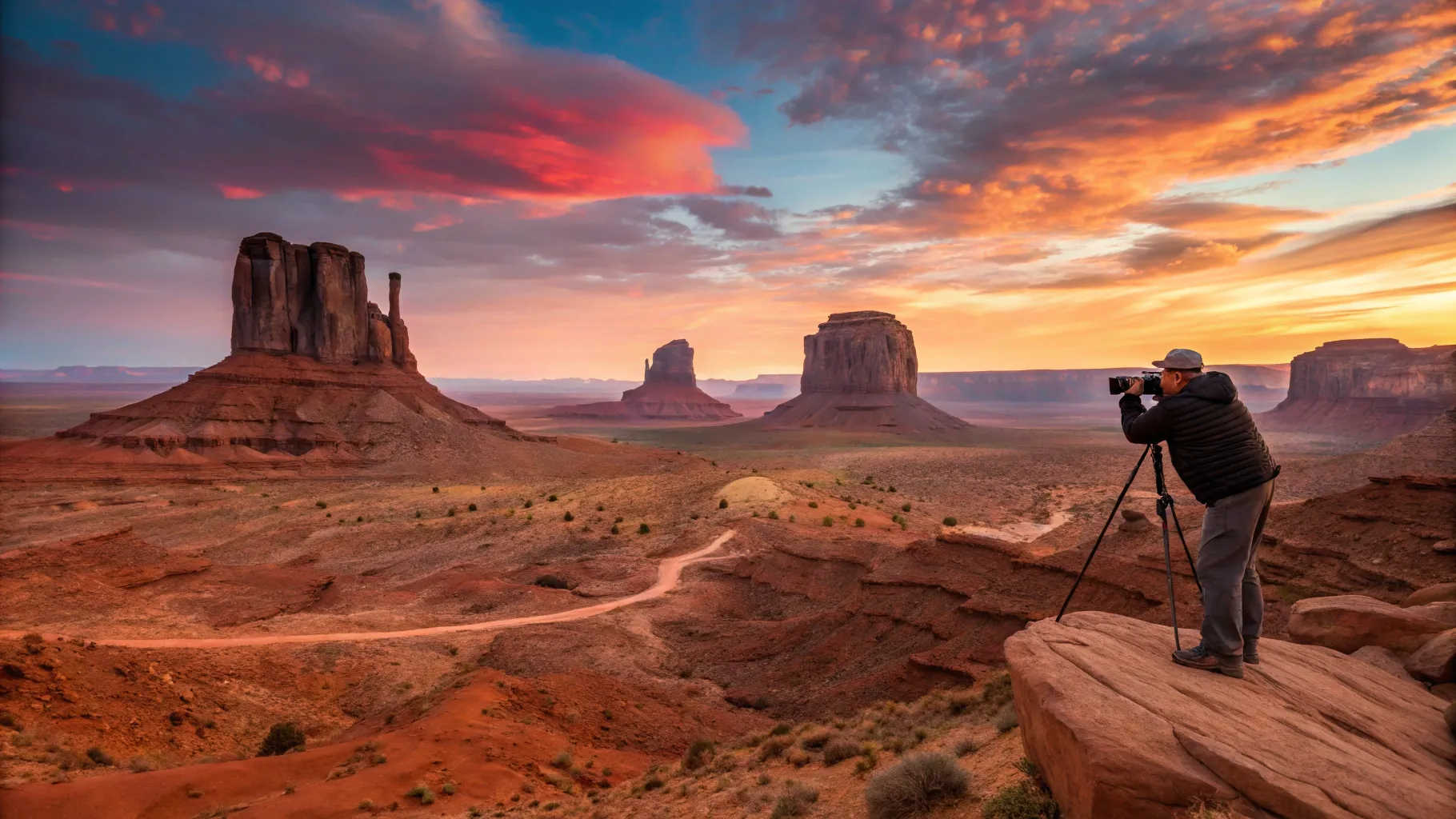
8. Walk the Skywalk
The Skywalk, located at Eagle Point on the West Rim, is one of the most popular tourist attractions in the Grand Canyon. This horseshoe-shaped transparent glass bridge extends seventy feet over the rim, allowing visitors to enjoy unique views of the gorge directly below. Built by the Hualapai Tribe, the Skywalk also features an authentic Native American village on-site, where tourists can explore and purchase unique souvenirs and handcrafts.
For those interested in experiencing Native American culture, live entertainment in the form of traditional dances takes place daily in the amphitheater at 1 PM and 5 PM.
9. Visit the Rainbow Bridge
The East Rim offers a different perspective of the canyon, with a greater emphasis on the Colorado River. This area is located on sacred Navajo Indian tribal lands and features several spectacular points of interest that are accessible only by boat. The Rainbow Bridge is one of the largest natural bridges in the world, standing over two hundred ninety feet tall and spanning two hundred seventy feet across. It is considered holy and is believed to be responsible for creating clouds, rainbows, and rain—the essence of desert life.
For an unforgettable experience, consider booking a tour company to see the Rainbow Bridge, along with the Navajo Bridge and the Little Colorado River Tribal Park.
10. Explore Antelope Canyon
Antelope Canyon has become a bucket list item for travelers visiting the Grand Canyon area. This sandstone formation, known locally as a slot canyon, resembles a cave but lacks a roof. Antelope Canyon offers a breathtaking landscape of meandering shapes and vibrant colors that shift and move with the sunlight, creating a photographer’s paradise.
Due to its popularity, tours of Antelope Canyon are extremely sought after and tend to fill up quickly, so it’s advisable to book well in advance if you plan to visit.

Conclusion
The Grand Canyon is not just a breathtaking natural wonder but a hub of culture, history, and adventure. From exploring the sweeping vistas at the South Rim to engaging with local wildlife and experiencing Native American culture, there is truly something for everyone. Whether you’re an adrenaline junkie or someone seeking tranquility and beauty, the Grand Canyon offers countless opportunities to create unforgettable memories.
For even more travel ideas and tips, visit our website at Go GlobeHopper. Don’t forget to leave a like and subscribe so you can globe hop with us!
FAQs
What is the best time to visit the Grand Canyon?
The best time to visit the Grand Canyon is during the spring (March to May) and fall (September to November) when the weather is mild, and the crowds are smaller.
Are there any accommodations inside the Grand Canyon?
Yes, there are several lodges and campsites available within the Grand Canyon National Park, but reservations are highly recommended, especially during peak season.
Can I visit both the North and South Rims in one day?
While it is technically possible to visit both rims in one day, it is not recommended due to the distance and time required to travel between them. Each rim has its own unique attractions best explored over a longer visit.
Is it safe to hike in the Grand Canyon?
Hiking in the Grand Canyon can be safe if proper precautions are taken. Always stay hydrated, wear appropriate footwear, and inform someone of your hiking plans. It is advisable to stick to well-marked trails.

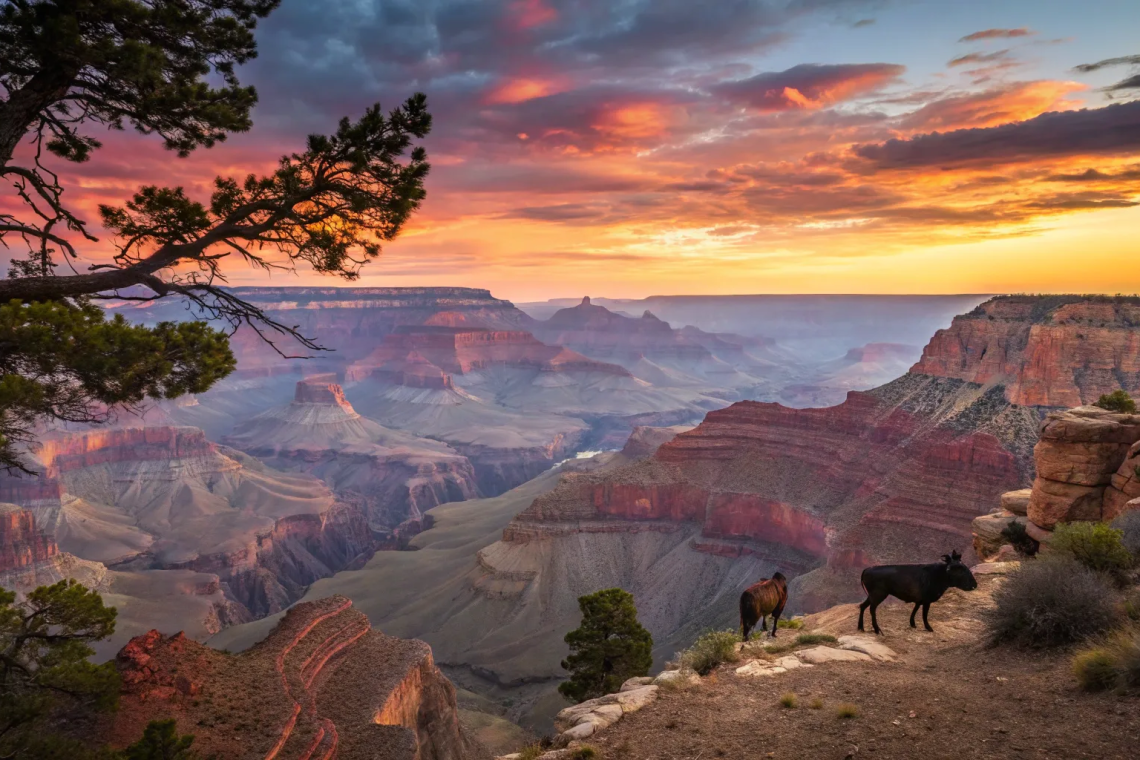



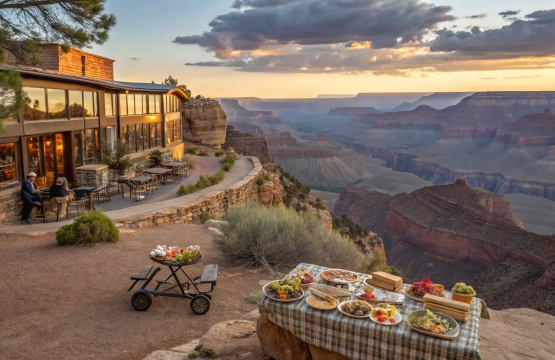
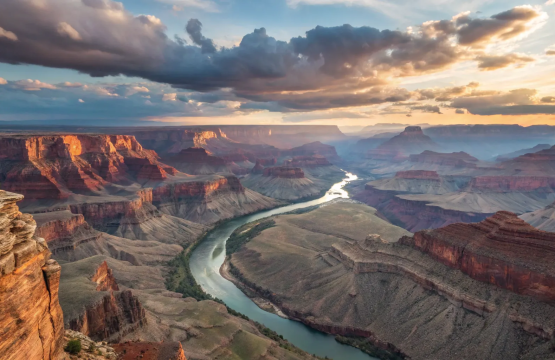
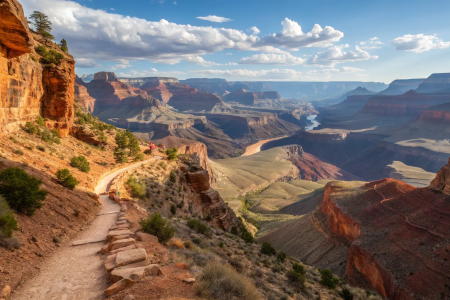
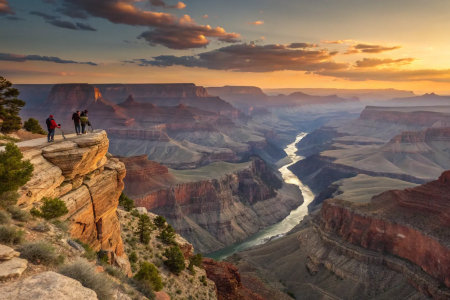
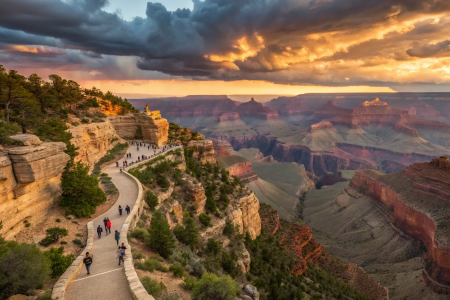

Join The Discussion